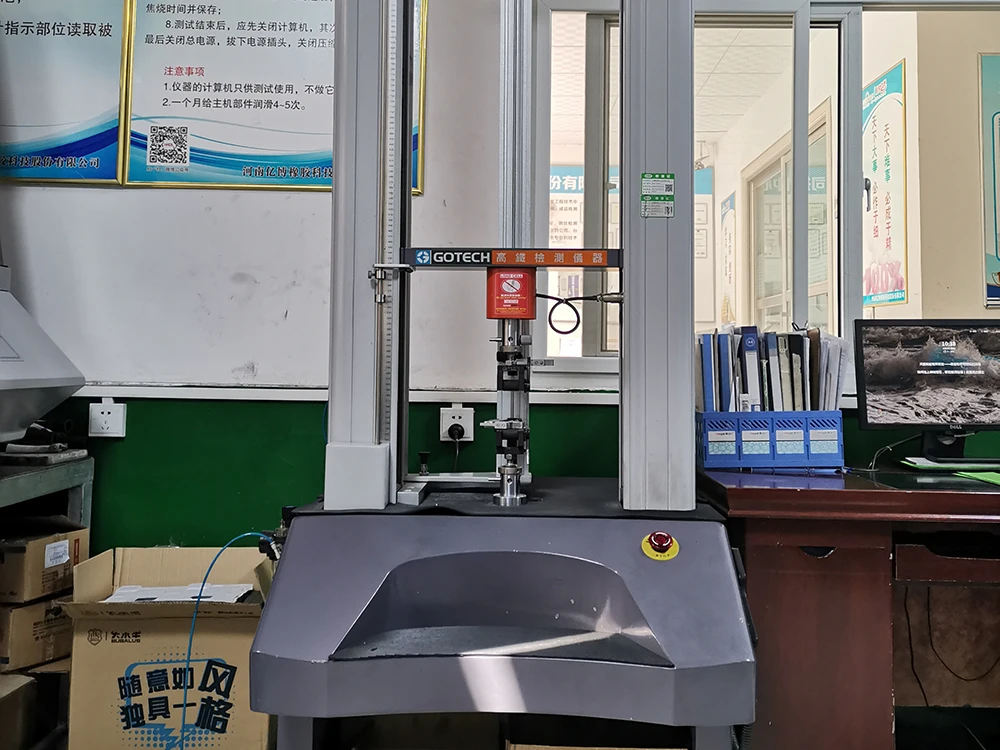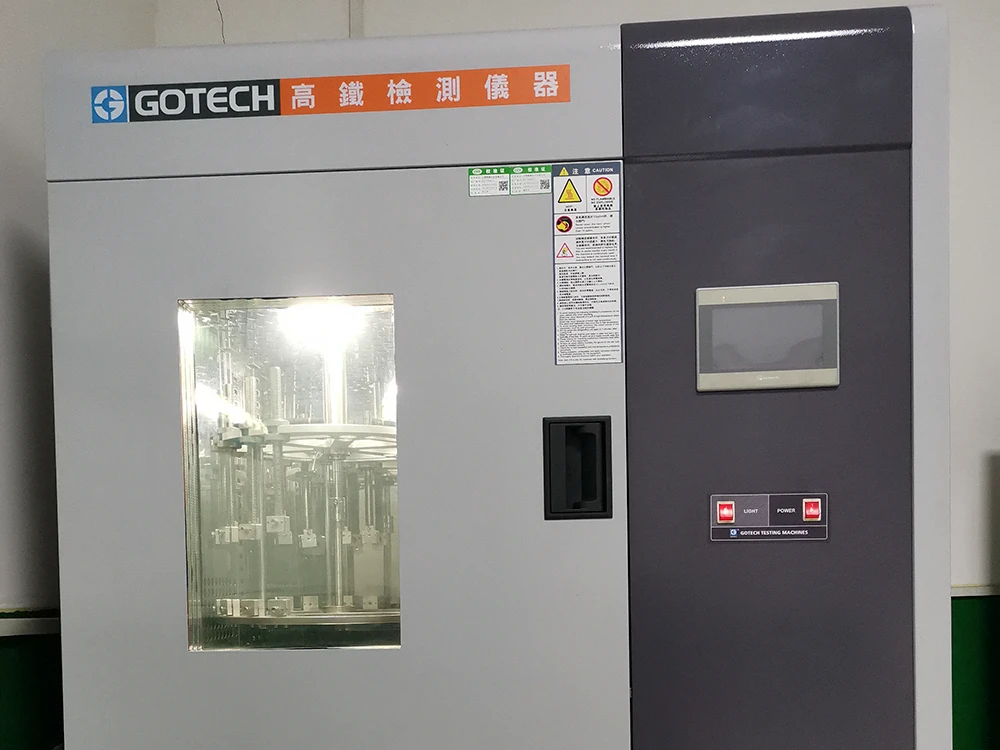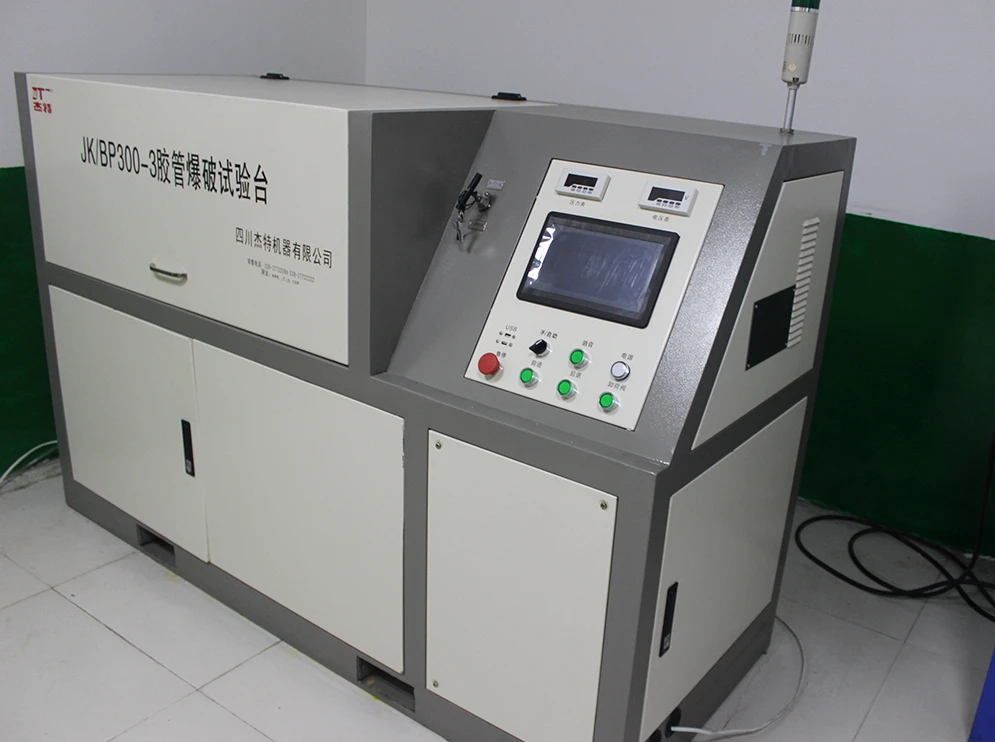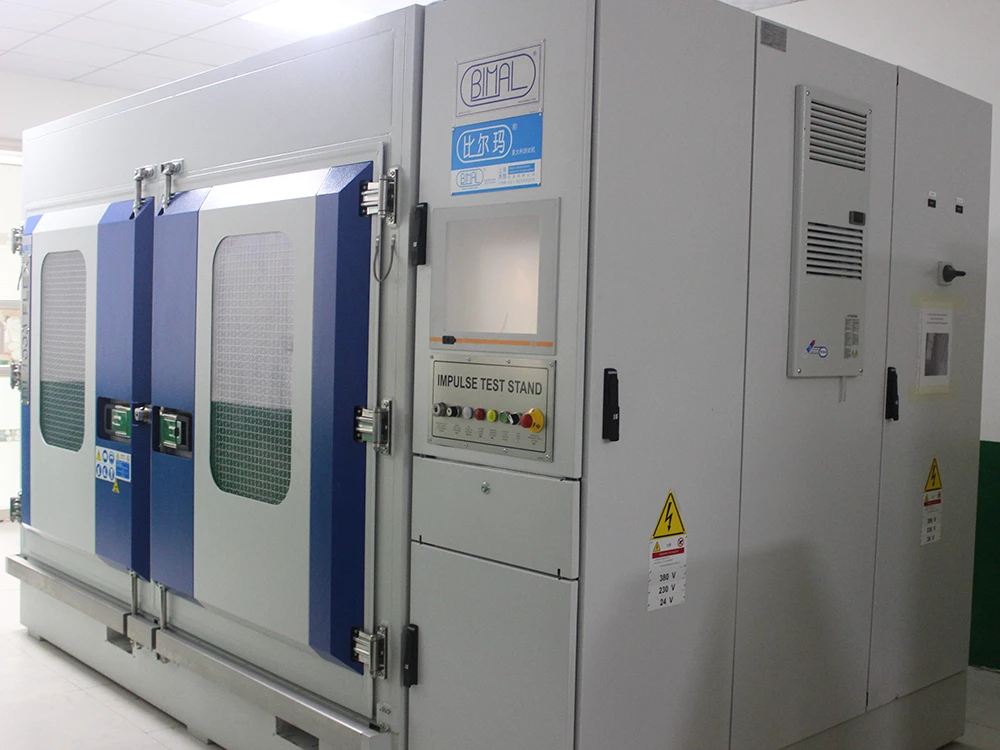Rubber hose testing usually involves checking for the performance of rubber hoses. This ensures that the rubber hose is of good quality. When you deal with a company that makes rubber hoses, look at all these qualifications.
There are different ways to test rubber hoses. Each type determines whether the hose or tube is suitable for your job. This article will mainly discuss rubber hose testing methods and try to highlight their significance.
Why do you need Rubber Hose Testing Certificates?
There are several reasons why you need rubber hose testing certificates. The following four reasons are the most common:
Reason #1 Quality Assurance Tester Certifications
This is the most crucial reason. It ensures quality assurance. They usually declare that the product is well-tested and safe to use. Usually, rubber hose testing comes with all parameter testing documents. As a result, it guarantees that hoses can handle their intended use.
Quality assurance tester certifications also create customer’s trust. Mainly for international customers, this is a must.
Reason #2 Quality Standards and Compliance
Rubber hose testing certificates also ensure compliance with industry standards. Every country in the world accepts these standards. In this case, ISO or EN norms are often used.
Compliance is very important for law and regulatory reasons. Testing certificates declare that the products meet the required standards. With their help, you can avoid fines, legal problems, and product bans.
Reason #3 Safety
Tested rubber hoses are always safe to use. Testing certificates confirm that hoses can handle the pressure and conditions they will face. This is especially important for high-risk jobs like hydraulic hoses.
Reason #4 Reliability
Finally, testing certificates ensure complete trust in the products. Reliability is essential for many applications.
Rubber hose testing certificates ensure that the hose will not fail. As a result, they confirm that the hose can be used for a long time.
Rubber Hose Testing Equipment
You already know what rubber hose testing is and how important it is. This testing mainly depends on a lot of content. If you want to check the complete quality of a rubber hose, you should definitely refer to these contents.
These tests may include pressure, leak, abrasion, strength, and resilience experiments. You can get these test results by using different rubber hose testing tools. However, these machines are prevalent in every rubber hose factory. If you want one, you can get one from Amazon or Alibaba.
Let’s get acquainted with some popular rubber hose testing equipment. Each machine is highly crucial to ensure the quality of rubber hoses.
#1 Hose Pressure Tester
As the name suggests, this machine measures pressure ranges. It mainly tests the hose’s ability to withstand various pressures. Working pressure and burst pressure are two parameters to consider here.
Working pressure refers to the pressure under which a hose should generally work. On the other hand, the pressure at which a hose may burst is called burst pressure.
First, engineers connect the hose to the hose testing machine. Then, they gradually increase the internal pressure. The machine may use water or other fluids to do this. Engineers usually do this test multiple times. They then observe whether there is any deformation or leakage.
#2 Leak Testing Machine for Rubber Hose
This rubber hose testing is the most usual one. Its main job is to make sure that a hose doesn’t have any leaks. Testing for leaks also ensures that your hose can handle the most work without any problems.
Tested rubber hoses always guarantee product quality. They are generally safe to use and ideal for critical applications. For many industry and hydraulic jobs, this rubber hose testing is crucial.
The process is simple; similar testing is available in every workshop. Remember when your car or motorcycle tire leaks and you go to the workshop for repair? You might see what people do to identify the problem. Similar applications can be observed for rubber hoses.
First, take a sample of the rubber hose. Then, fill it with air, water, or other test fluids. After that, put the hose in a tank of water. If bubbles show up, it means there are leaks. People also like to use the air-to-air method to test for leaks in rubber hoses.
#3 Abrasion Test for Rubber Hose Testing
This rubber hose testing checks the ability of a hose to resist wear and tear caused by friction. This testing is mainly essential for material handling hoses. For example, dredge hoses and composite hoses are more prone to abrasion. So, as the name suggests, this testing ensures the hose can withstand abrasive environments.
This rubber hose testing uses a specialized machine called a Taber Abrader. First, the engineer prepares a sample of the hose and securely mounts it on the abrasion tester. The machine applies specific abrasive force to the hose surface. In most cases, a rough wheel is used for the job. He does this multiple times and determines the wear level.
#4 Rubber Tensile Test
Tensile strength is also known as stretching strength. So, the maximum tensile strength is the maximum stress a hose can bear. You will need this value when you choose a rubber hose for your project. This rubber hose testing tells you whether the hose can meet your project needs.

Rubber hose tensile testing is similar to other material testing. First, cut a piece of rubber hose and mount it on the machine. Then, start the device. The machine gradually pulls the sample apart and applies increasing pressure. It continues to take the reading until the hose breaks.
#5 Rubber Hose Weather Testing
As the name suggests, this rubber hose test checks how well your hose works in different kinds of weather.
As you know, hoses are often exposed to various weather conditions, so this test is necessary. The type of machine may vary depending on different factors.
Weather testing checks whether your rubber tube can smoothly work in harsh environments.
A weather testing machine generally creates virtual environmental conditions in a chamber. An engineer places the sample piece of the rubber hose in this chamber. He monitors both the physical and chemical properties of the hose.
#6 Ozon Resistance Test Machine
In many situations, your rubber hose may be exposed to ozone. Therefore, you must choose a rubber hose that can withstand this factor.

The ozone resistance test is also conducted in a controlled environment. For example, an engineer places the sample inside a chamber usually concentrated with ozone gas. Sometimes, an ozone test may be part of a weather test.
#7 Rubber Hose Burst Testing
Rubber hose burst testing is a part of pressure testing. But mostly, the burst test is specifically done. This test usually confirms the hose’s strength and reliability under high pressure. Safety standards are mainly necessary.

The burst test machine fills these hoses with water or gases. It continues to increase the pressure and waits until the hose bursts. The burst pressure is recorded and compared to the hose’s specific limits. Engineers usually do this a couple of times to calculate the best value.
#8 Fire Hose Tester
We all are more or less familiar with fire hoses. You know, people use it in fire services. But did you know that the hoses used in machinery or vehicles also need fire resistance ability? Fire hose testing typically allows you to evaluate this characteristic.
Fire can manifest itself in accidents and equipment failures. For instance, a hot engine might ignite a bad car fuel hose. Such interactions can occur in factories, houses, or wherever else. Safety is paramount; thus, the rubber hose must withstand fire.
Rubber hose testing machines tend to simulate fire. An engineer checks for melting or burning during the test. He repeats the data collection and produces an average. He also checks hose pressure and function. It ensures your hose works properly in a major fire.
#9 Rubber Hose Adhesion Testing
In rubber hose, adhesion is the bonding force between different layers. To test the adhesion strength, we will need an adhesion testing machine. For composite hoses or reinforcement hoses, you will need this.
This rubber hose testing is very simple. First, a sample is prepared. The machine grips the layers and then applies a certain pressure level to pull them apart. The machine continues to do so until the layers start to peel off. Usually, such a procedure is repeated several times to achieve the best value on average.
#10 Impulse Test Machine
Impulse force is a sudden pressure acting on a rubber hose. Your hose may often face this kind of force. If your hose is low quality, it may break. An impulse test typically evaluates its ability to withstand repeated pressure cycles.

During the test, the machine fills the hose with fluid. Sometimes, certain test gases may be used. However, the machine generates high-pressure pulses at set intervals. These pulses simulate the fast pressure fluctuations that occur during use. Usually, the test goes for tens of thousands of cycles.
Contact Us Today
Contact our customer support team if you have any questions regarding rubber hose testing. Rentone Hose is a leading manufacturer of industrial and hydraulic hoses. Every hose batch leaves the factory with proper testing certificates and regulatory compliance documents. Reach out to us if you need any information.
